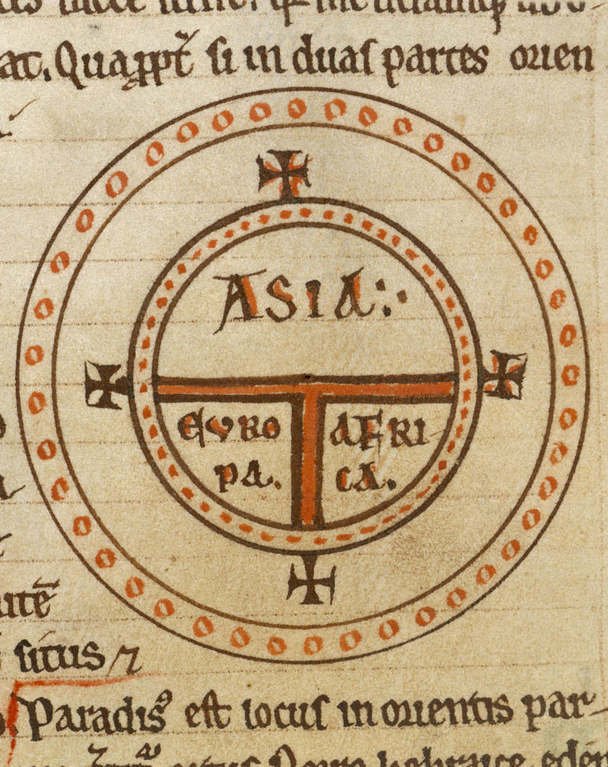2 February 2024
Beginning chemistry students frequently confuse manganese and magnesium, but the confusion is nothing new. The two were routinely conflated by even the best chemists until the late eighteenth century.
Manganese is a chemical element with atomic number 25 and the symbol Mn. It is a hard, brittle, silvery metal with a wide range of uses, notably in making steel alloys and in glassmaking. It was first isolated in the 1770s.
Like magnesium, the name manganese probably comes from the name of the Greek province Μαγνησία (Magnesia), although the form is difficult to explain etymologically and not all accept it as correct. Manganese first appears in Middle French in the late sixteenth century as a name for a manganese oxide ore, black manganese, used in glass making.
John Florio’s 1598 Italian-English dictionary, A Worlde of Wordes, records the Italian use of the name:
Manganese, a stuffe or stone to make glasses with. Also a kinde of minerall stone.
And English use of the name is recorded as early as 1651 in the works of Samuel Hartlib, who might today be classified as a “science communicator”:
Let him take notice of the several stones found in this Isle, as of Free-stones for building; Cobbels and rough hard stones for Paving […] Lapis Calaminaris is lately found in Summerset-shire, by the which Copper is made Brasse: Manganese for those that make white Glasse, lately found in the North.
In 1779 Louis Guyton de Morveau proposed that the black magnesia (i.e, manganese oxide) be called manganese to distinguish it from white magnesia (i.e., magnesium oxide):
Le minéral connu sous le nom de Magnesia nigra, que nous sommes convenus de traduire par le mot Manganèse, pour le distinguer de la magnésie blanche* est d’un usage sort ancien dans la verrierie.
(The mineral known by the name black magnesia, which we have agreed to translate with the word manganese, to distinguish it from white magnesia, is of ancient use in glassmaking.)
The note reads:
M. Bergman le nomme pour le même raison en latin Magnesium.
(For the same reason, Monsieur Bergman calls it in Latin magnesium.)
From this point on, the distinction between manganese and magnesium in nomenclature came into general use, but chemistry students continued to be confounded by the two elements.
Sources:
Florio, John. A Worlde of Wordes. London: Arnold Hatfield for Edward Blount, 1598, 214. Early English Books Online.
Hartlib, Samuel. Samuel Hartlib His Legacie: Or an Enlargement of the Discourse of Husbandry Used in Brabant and Flaunders. London: H. Hills for Richard Wodenothe, 1651, 86–87. Early English Books Online.
Miśkowiec, Pawel. “Name Game: The Naming History of the Chemical Elements—Part 1—from Antiquity till the End of 18th Century.” Foundations of Chemistry, 1 November 2022. DOI: 10.1007/s10698-022-09448-5.
de Morveau, Louis Guyton. “Observations d’une Manganèse étoilee artificielle.” Observations et Memoires sur la Physique, sur L’Histoire Naturelle et sur les Arts et Métiers, 13, 1779, 470–73 at 470. Biodiversity Heritage Library.
Oxford English Dictionary, third edition, September 2000, s.v. manganese, n.
Photo credit: US Geological Survey, 2010. Wikimedia Commons. Public domain image.





